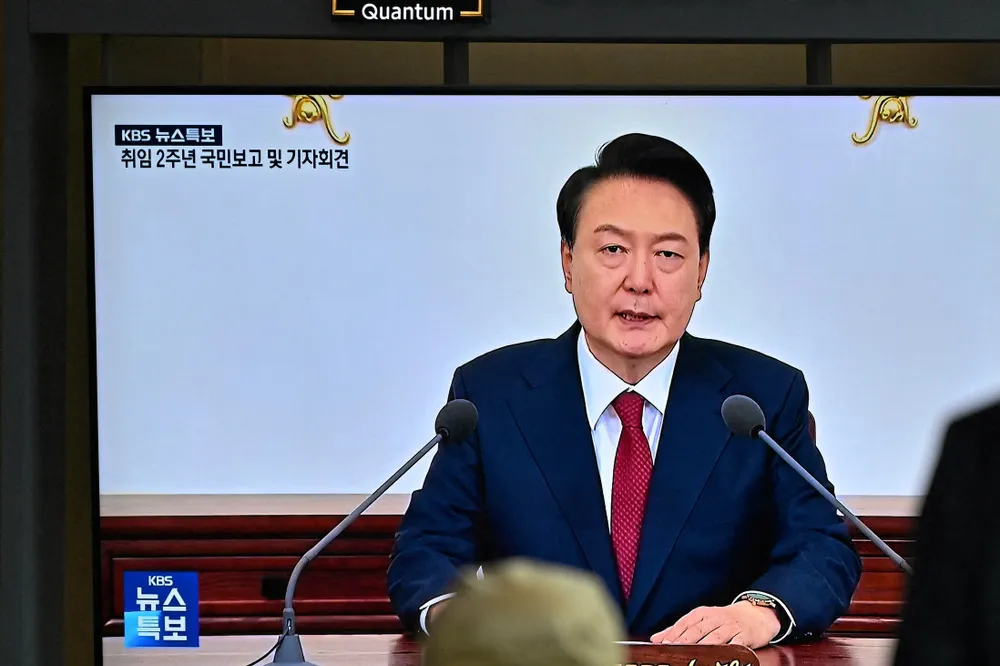South Korea will bank on renewables and nuclear to meet AI-driven power boom
Concerns about languishing offshore wind bill are shrugged off as nation eyes wind and solar growth

South Korea plans to generate 70% of its power from carbon-free sources by 2038 — up from less than 40% in 2023 — according to the country's 11th Basic Electricity Plan, which will serve as a blueprint for its energy mix over the next 15 years.
The government expects to more than triple solar and wind power output to 72GW by 2030, from 23GW in 2022, but also maintained a plan to add four more nuclear plants by 2038, according to the country's trade and industry ministry.
The plan, still awaiting finalisation by the government, targets overall power generation capacity rising to 157.8GW in 2038 from 134.5GW in late 2022.
Overall energy consumption is expected to grow strongly as data centres and semiconductor factories expand to meet demand for artificial intelligence, the country's industry ministry stated.
Renewable sources, coupled with nuclear power, will account for 70% of power generation by 2038, up from less than 40% in 2023, according to the draft blueprint.
President Yoon Suk Yeol has pledged to reduce South Korea's dependence on imported fossil fuels while adapting to rising demand, the ministry said in its statement.
South Korea plans to replace 12 aging coal-fired power plants with carbon-free power sources, including hydrogen power generation and pumped-storage hydroelectricity.
But the president has promised to strike a balance by taking the number of active nuclear plants to 30 and replacing some of its retired coal-fired power stations with plants fired by liquefied natural gas.
Legislative passage
South Korea has already set out its stall as a major centre for offshore wind, and especially floating, with some of the world's largest planned projects advancing there.
South Korea's renewables industry suffered a setback recently, however, with the Offshore Wind Special Act failing to clear the National Assembly during its current (21st) session.
The bill had been pending in the subcommittee on legislation within South Korea's Trade, Industry and Energy Committee.
"How this will develop in the 22nd Assembly is contingent on how quickly a new bill reflects issues raised from the failed bill and the relevant committees prioritize the newly proposed bill."
With the 11th Basic Electricity Plan now in the public domain, all eyes will now be on the 22nd National Assembly when the new session kicks off later this year.
"The incoming members of the 22nd National Assembly will be taking office until 2028, covering much of the necessary and critical time to achieve the 2030 NDC goal. How they set and raise climate ambitions calls for close scrutiny," the SFOC spokesperson added.
Two recent reports by Global Wind Energy Council (GWEC) concluded that South Korea stands to reap tremendous economic benefits from the development of offshore wind farms, as long as the country acts to speed up its agonisingly slow permitting process and put in place an effective consensus-building framework.
Recommendations included “the urgent passing and implementation of South Korea’s Offshore Wind Power Promotion Act as it is this legislation that is expected to streamline permitting processes to ensure the smooth rollout of offshore wind development in South Korea".
(Copyright)